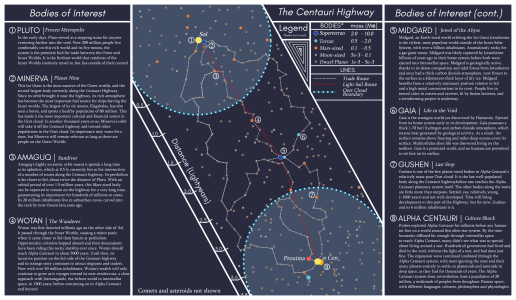So, it specifically says in the quote, that such a planet "could maintain a surface temperature above the melting point of water, allowing liquid-water oceans to exist." I will buy that there might be no light-dependent surface life, and obviously nothing native with photosynthesis would evolve, but if there is sufficient warmth to keep the surface water warm, colonists may be able to set up hydroponics and such to feed themselves.
The undersea biota might be like earth's deep sea biota, which also never sees sunlight. Bacteria using chemosynthesis can oxidise hydrogen sulfide, hydrogen, and methane could form mats as they do on earth around hydrothermal vents, which are food for the next stage of the food chain. (ref
https://www.scisnack.com/2020/04/15...oes-life-thrive-there-without-photosynthesis/, which explains how life on earth exists independent of sunlight). I totally agree that surface inhabitants might have nothing to do with these native lifeforms, but that doesn't preclude moving in.
As far as conservation of momentum goes, I've always considered that the roll for arriving in the hex closer or farther from the planet covers both variances due to jumpspace irregularities and plotting errors, and vagaries of where in the hex a planet is just at the moment you arrive.


